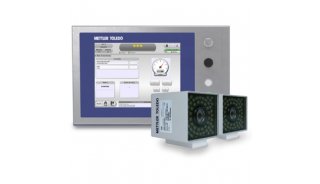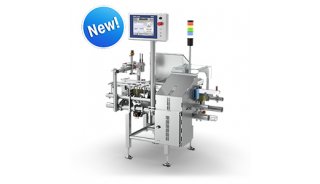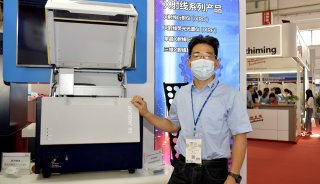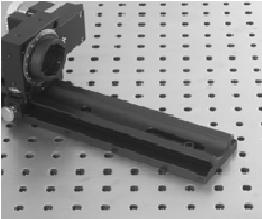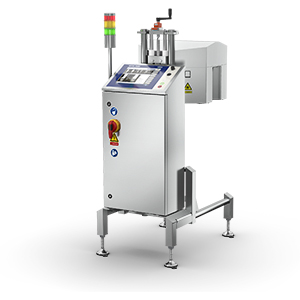Beginner's Guide: Validat, Verificat and Monitoring of Inspection Equipment
 |
February 28, 2017 -
Validation,
verification and routine performance monitoring are often used
interchangeably, creating confusion within organizations and across
industries. Each term is a distinct process with a clear purpose and
role to play at different stages within the life cycle of product
inspection equipment. Understanding the purpose of each process is
essential to comply with regulatory requirements, particularly where the
equipment is designated as a critical control point (CCP).
Mettler Toledo's new white paper 'Validation, Verification and Monitoring For Product Inspection Equipment'
begins by defining all three terms and providing a brief overview of
each process and what it involves to help readers understand the
differences between them and how they interrelate.
Regulatory Compliance
Aimed
primarily at quality and production managers, the paper moves on to
explain that validation, verification and routine performance monitoring
are critical components of product safety and quality management
programs throughout the food industry. It looks at key compliance
requirements and the most common types of product inspection systems
that can be integrated into production lines to meet these.
Recent changes in standards, regulations and legislation have placed the
responsibility for food safety with retailers and manufacturers.
However, proficient product inspection equipment suppliers can prove
invaluable in helping manufacturers meet their compliance requirements.
How Product Inspection Equipment Suppliers Can Help
The
final section of the white paper explains how equipment suppliers can
facilitate initial equipment qualification and performance verification,
as well as provide documentation to support the record-keeping
requirements of standards, regulations and retailer codes of practice.
Competent suppliers should also be able to share their expertise to help
manufacturers develop and implement routine performance monitoring
tests that accurately and consistently access the performance of
equipment.
In addition, the paper describes how product
inspection systems with built-in performance monitoring software and
condition monitoring features can aid regulatory compliance, as well as
enhance overall equipment effectiveness (OEE).
Rather than view
their relationship with equipment suppliers as a transactional one that
ends once the equipment has been delivered, readers are advised to
engage with their suppliers and take advantage of after-sales support to
help meet their compliance obligations.






